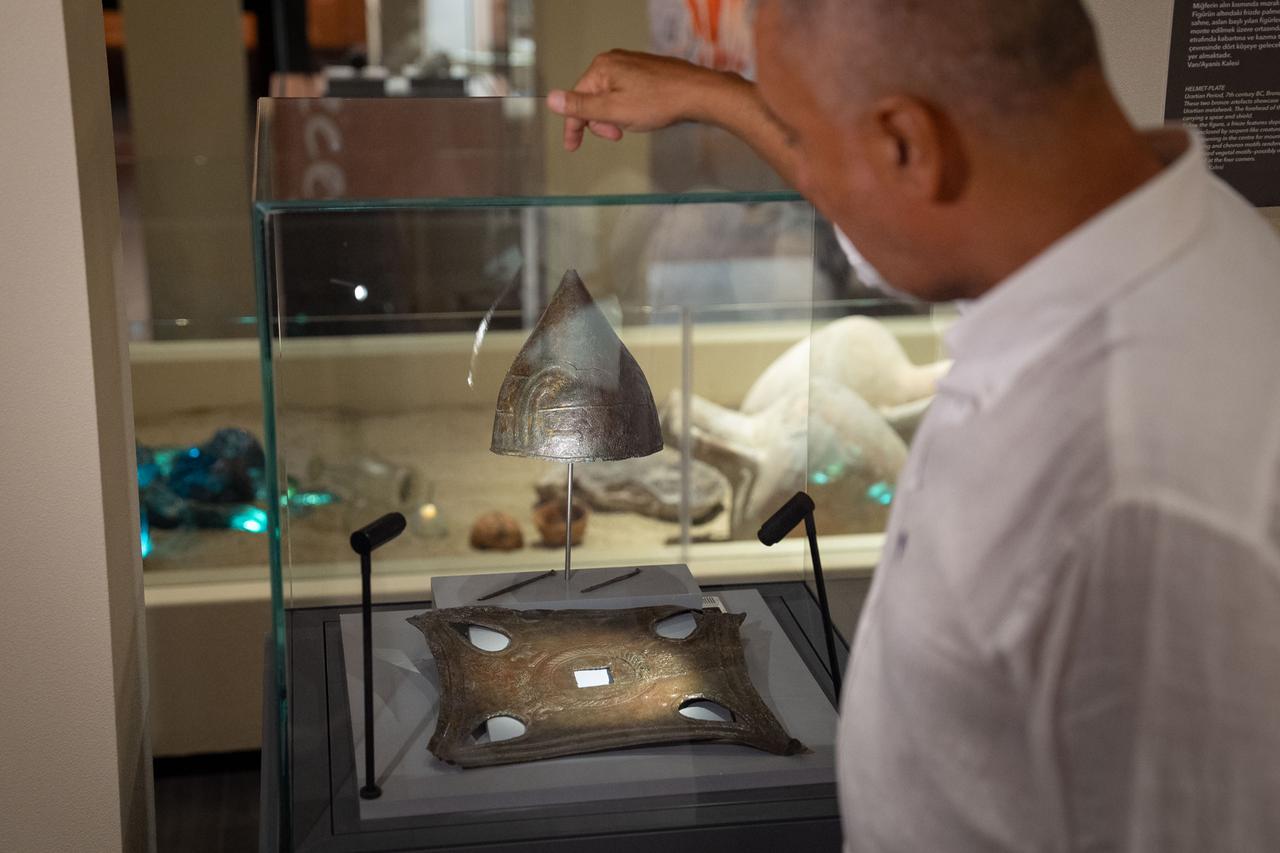
Long-term digs at Ayanis and nearby Garibin Tepe near Van have continued to bring to light important Urartu-era finds—most recently a mythologically decorated bronze helmet and a bronze architectural facing taken from the Haldi temple—now shown at the Presidential Library’s “Golden Age of Archaeology” exhibition.
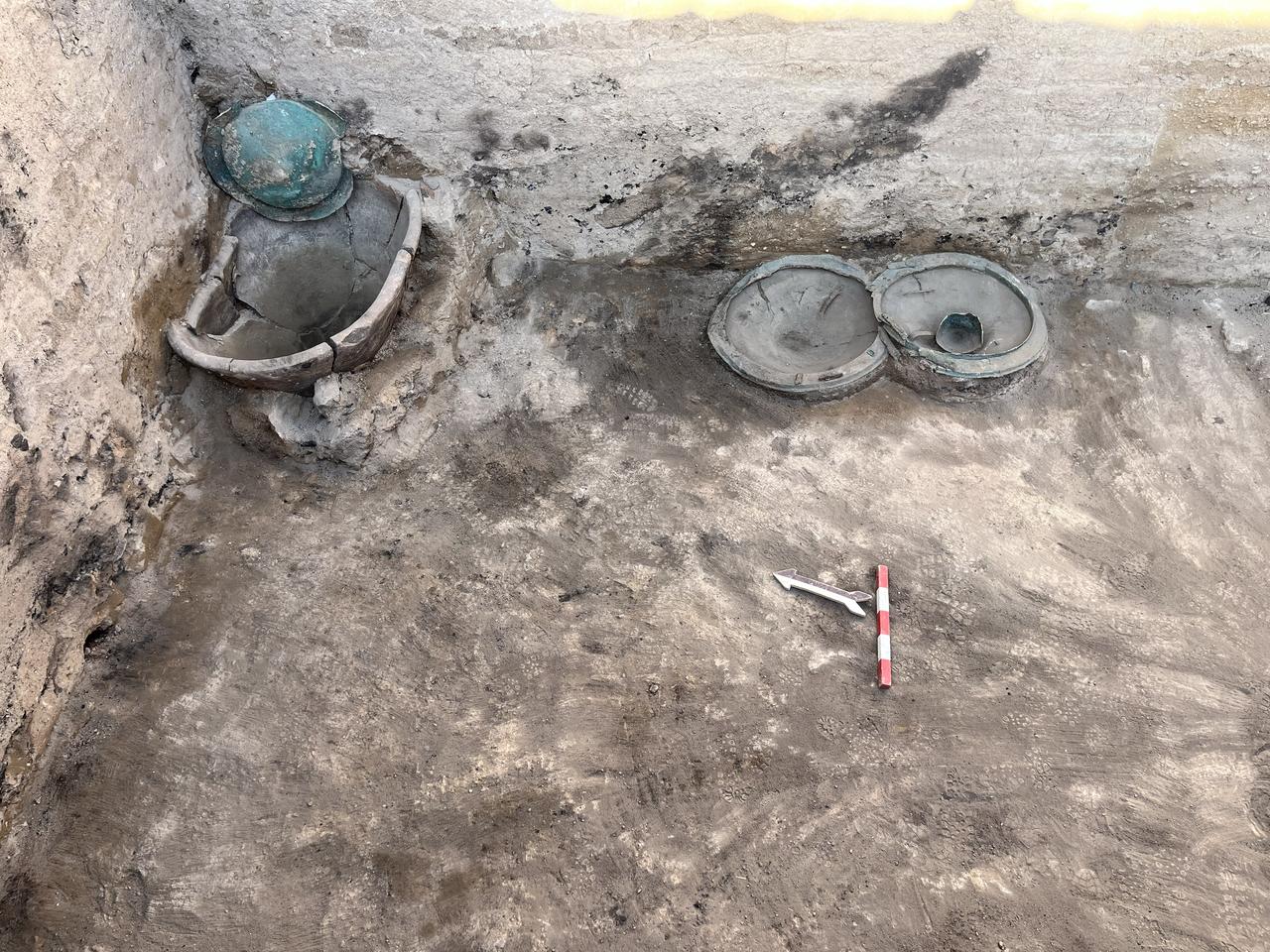
Ayanis is a sealed Urartian citadel whose systematic excavations began in 1989 and have been run continuously for decades, with the work later expanded to include nearby Garibin Tepe. The field project has grown into one of the region’s longest-running archaeological programs and is led by Professor Mehmet Isikli of Ataturk University.
Professor Isikli summed up the site’s place in modern Turkish archaeology, recalling the dig’s origins and its longevity. He noted that Ayanis began in 1989 and that he first joined as a student, underlining how the project has become a long-term research school.
"Ayanis is actually one of our country's and Urartu archaeology's longest-running excavations. It began in 1989, the year I first joined as a student."
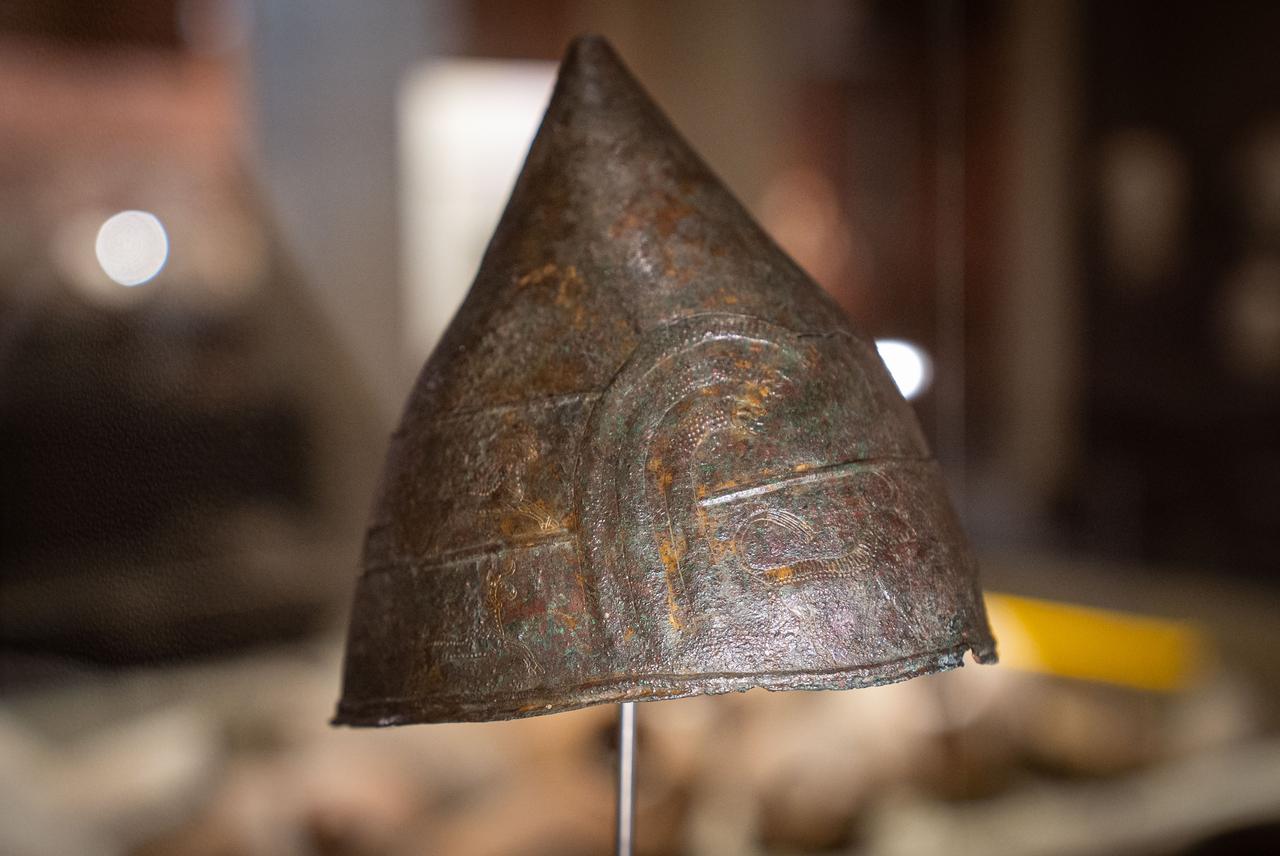
Finds from the Haldi temple—Haldi being described by researchers as the chief god of the Urartu world—include a finely decorated bronze helmet with mythological figures and a bronze architectural sheet used as a facing or cladding. These pieces were lent to the national show and appear in the “Golden Age of Archaeology” exhibition that opened on Aug. 6 at the Presidential Library, an event attended by President Recep Tayyip Erdogan.
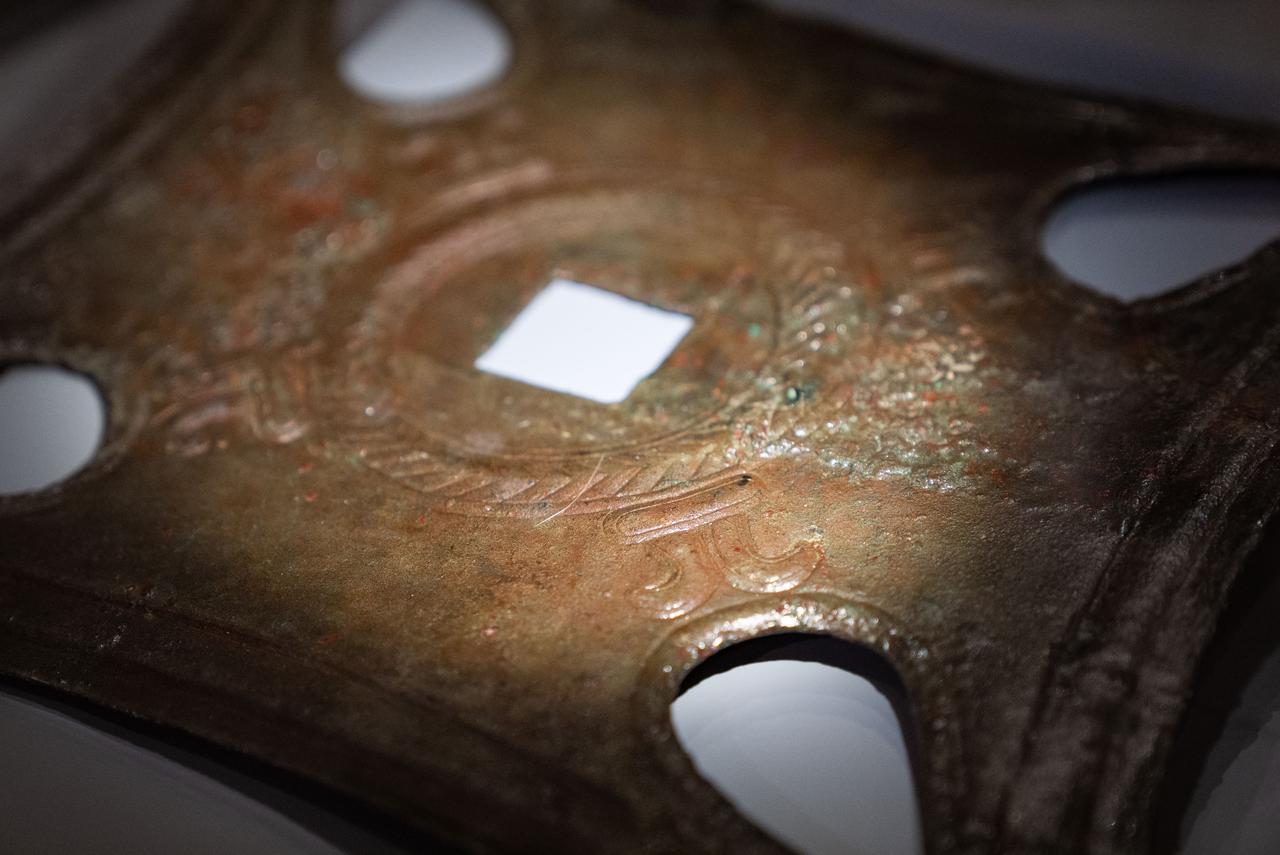
Isikli said the invitation to take part in the international symposium and exhibit was a source of pride for the excavation team and for archaeologists more broadly, adding that seeing archaeology discussed at the highest levels of the state was energizing for the field.
The Ayanis program has added a huge number of objects to national collections. Professor Isikli reported that the team has delivered roughly 10,000–15,000 items to museums and inventories from the Ayanis work, and he underlined that the Van Archaeology Museum—opened two years ago—now houses many of the richest Urartu collections in the world.
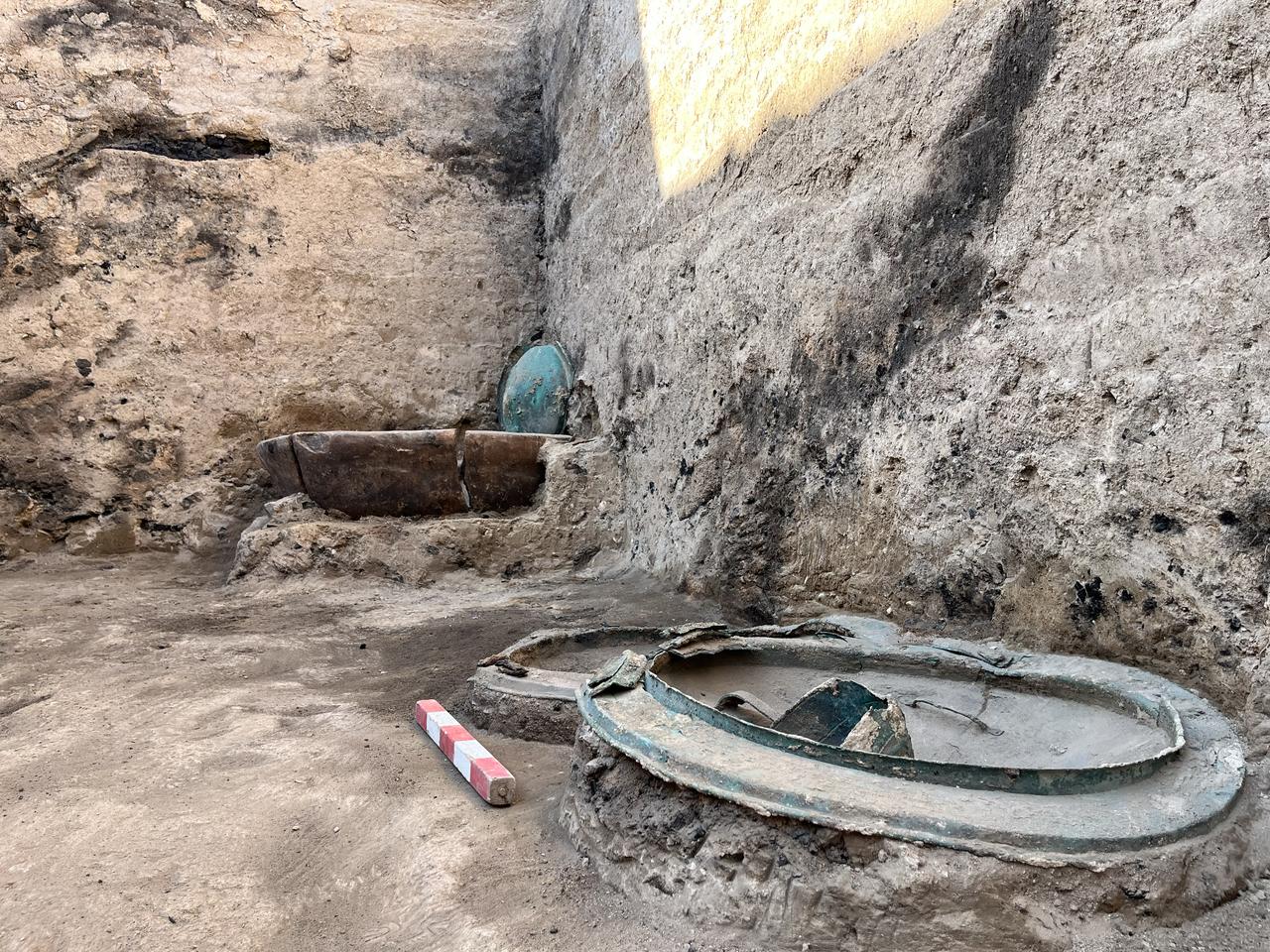
Isikli also stressed that Ayanis has been unusually well preserved: the castle’s sealed collapse preserved archaeological layers beneath the ruins, so when teams open up the site they keep turning up dense and important datasets for Urartu studies.
"We have been continuing for 38 years. As long as we are healthy and the state supports us, these excavations may continue for hundreds of years."

Under the "Heritage for the Future" project, the team is planning to open parts of the temple area to visitors, with the goal of bringing the excavated spaces into regional tourism in a managed way.
Local authorities and the ministry have been named as partners that helped speed up conservation and visitor-planning work.